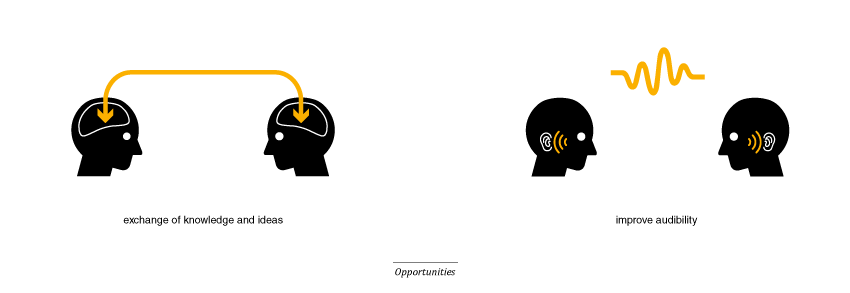Difference between revisions of "Msc2G3:Group"
| Line 3: | Line 3: | ||
<html> | <html> | ||
<style> | <style> | ||
| − | .header-background{background-image: url(" | + | .header-background{background-image: url("http://gsm.hyperbody.nl/images/5/50/20160701_Group3_background-wiki.jpg");background-color: #cccccc;width:850px;height:300px;background-size: 100% auto; background-repeat: no-repeat;} |
.header-content{position:relative;bottom:50px;left:0px;} | .header-content{position:relative;bottom:50px;left:0px;} | ||
.button-container{width:150px;height:50px;float:left;color:white;text-align:center;float:right;} | .button-container{width:150px;height:50px;float:left;color:white;text-align:center;float:right;} | ||
Revision as of 00:28, 1 July 2016
Echosphere
Echosphere is an atmospheric stage that improves the acoustic quality for lectures. On architectural, functional, and acoustic level it enables the connection between lecturers and the audience. It is an optimized shell structure with a sound absorptive capacities, developed for Hyperbody’s gsm3 symposium at the orange hall at the TU Delft. The focus of Echospheres prototype is on combining and integrating materials, a mix of solid and plate materials in the ways of subtractive manufacturing.
Improving acoustics
In large conference halls the sound quality is often a problem. Echosphere aims for providing a solution for the acoustics. It's an optimized shell structure that combines sound absorption and scattering in an informed way.
Architectural use
The macro geometry combines the acoustic shell with several other functions. The goal is to engage the audience with the lecturers on and around the stage. It incorporates seating areas for discussions, a corridor to the back of the stage, and a bar.




